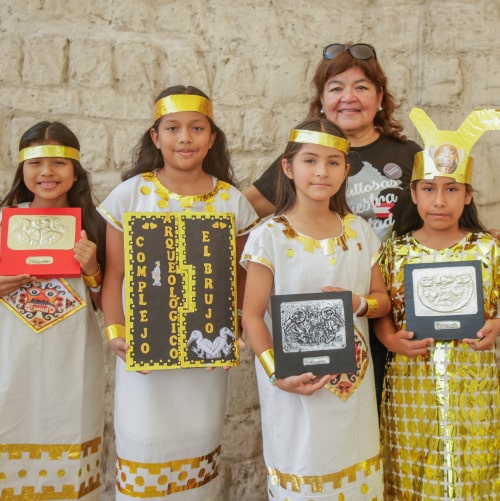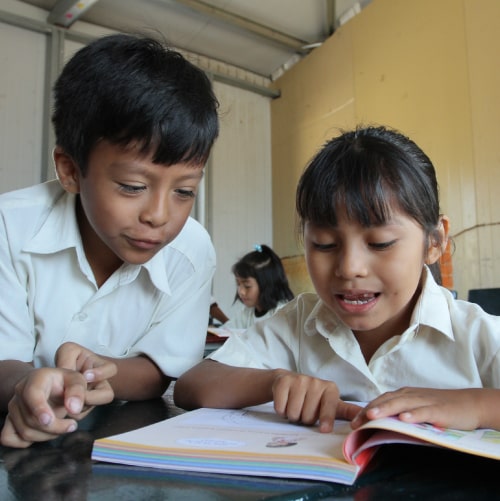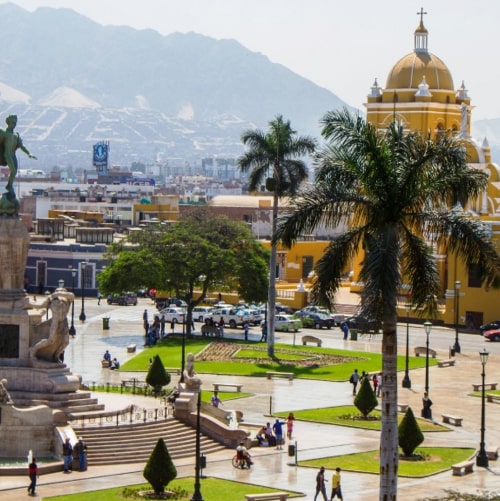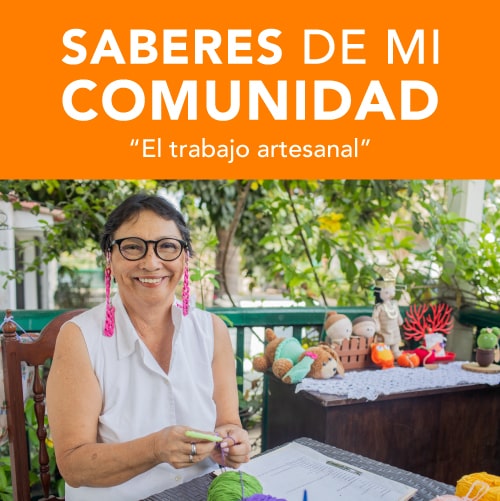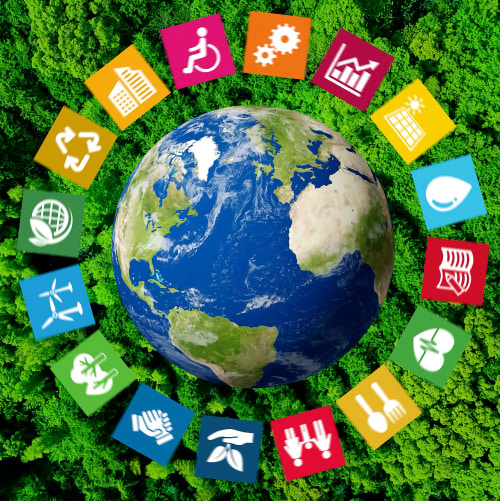Peru has a large number of archaeological complexes to visit and learn more about the ancient cultures that settled in the country. Indeed, many of these historic places have been internationally recognized. Next, we tell you about 10 of them.
1. Archaeological Complex of El Brujo

It is located in the district of Magdalena de Cao, La Libertad. In this place there are imposing huacas (sanctuaries) that, in their time would have been the political and religious center of the Mochica culture. The huacas of El Brujo include Huaca Cortada, Huaca Prieta and Huaca Cao.
El Brujo has gained great relevance in recent years due to the finds that have been made about the pre-Hispanic cultures that settled in the north of the country. International media such as the BBC have also highlighted the work that has been done there. It is important to note that the figure of the Lady of Cao has earned special relevance in recent years.
The Cao Museum opened its doors in 2009 and since then it offers different sections, in which you can visit various discoveries. Among them, is the way in which the inhabitants of ancient Peru lived, as well as who inhabited this area and the surrounding places.
Moreover, there also lies the history of the first settlers of Huaca Prieta, various Moche constructions and their religious and cultural importance. As well as the imposing room “In the world of the ancestors, the Lady of Cao”, where you can discover the jewelry of the Lady of Cao. Among them, stand out filigree, necklaces, earrings, breastplates, nose-pieces and other ornaments.
2. Archaeological zone of Caral

It is a citadel with more than 5 thousand years of history, located in Barranca-Lima. On its site we can find six pyramids. The evidence found in Caral suggest that it would be the oldest city in America.
3. Archaeological site of Pachacamac
It is located south of Lima, and in its time it was considered to be one of the main pre-Hispanic oracles. In Pachacamac there are pyramids, temples and the famous idol by the same name, carved in wood.
4. Archaeological site of Huallamarca

It is located in the district of San Isidro, in Lima. It is believed that the construction would have served as a ceremonial center, a cemetery and a public building, the latter during the Colony.
5. Archaeological complex of Sicán
It is located in Lambayeque and is also known as the archaeological zone of Batán Grande. It is a monumental complex built in adobe and made up of 17 truncated pyramids.
6. Archaeological site of Huaca Rajada

Located in Lambayeque, it has a site museum by the same name, in which the remains found in excavations in the place are exhibited; many of them belonging to the Mochica culture and the Lambayeque culture.
7. Archaeological site of Kuelap
It is located in Luya-Amazonas, the place where the Chachapoyas culture would have settled. This archaeological site has administrative, religious, ceremonial and housing sections, located in a place that used to be characterized by having a difficult access.
8. Archaeological Site of Chavín

It is located in Huari, Ancash, and shows an occupation between the years 1,500 to 500 BC. It is believed that it was an important ceremonial and religious center that stands out, architecturally, for its superimposed internal galleries, possibly used for initiation rituals.
9. Archaeological Zone of Wari
It is located in Ayacucho and is considered to be one of the largest pre-Inca urban centers in Peru. It is believed that the place would have been occupied between the sixth and eleventh centuries AD.
10. Archaeological Site of Ventanillas de Otuzco

Located in Cajamarca, it is a pre-Inca necropolis that is called “ventanillas” (small windows) because of its peculiar architecture, made up of hundreds of windows that serve as funerary niches. Possibly, it would have belonged to the Cajamarca culture, which developed between 200 and 800 AD.
Peru has many archaeological sites that allow us to get closer to our history and form our identity. We invite you to start your tour, by visiting the El Brujo Archaeological Complex: Book here!



